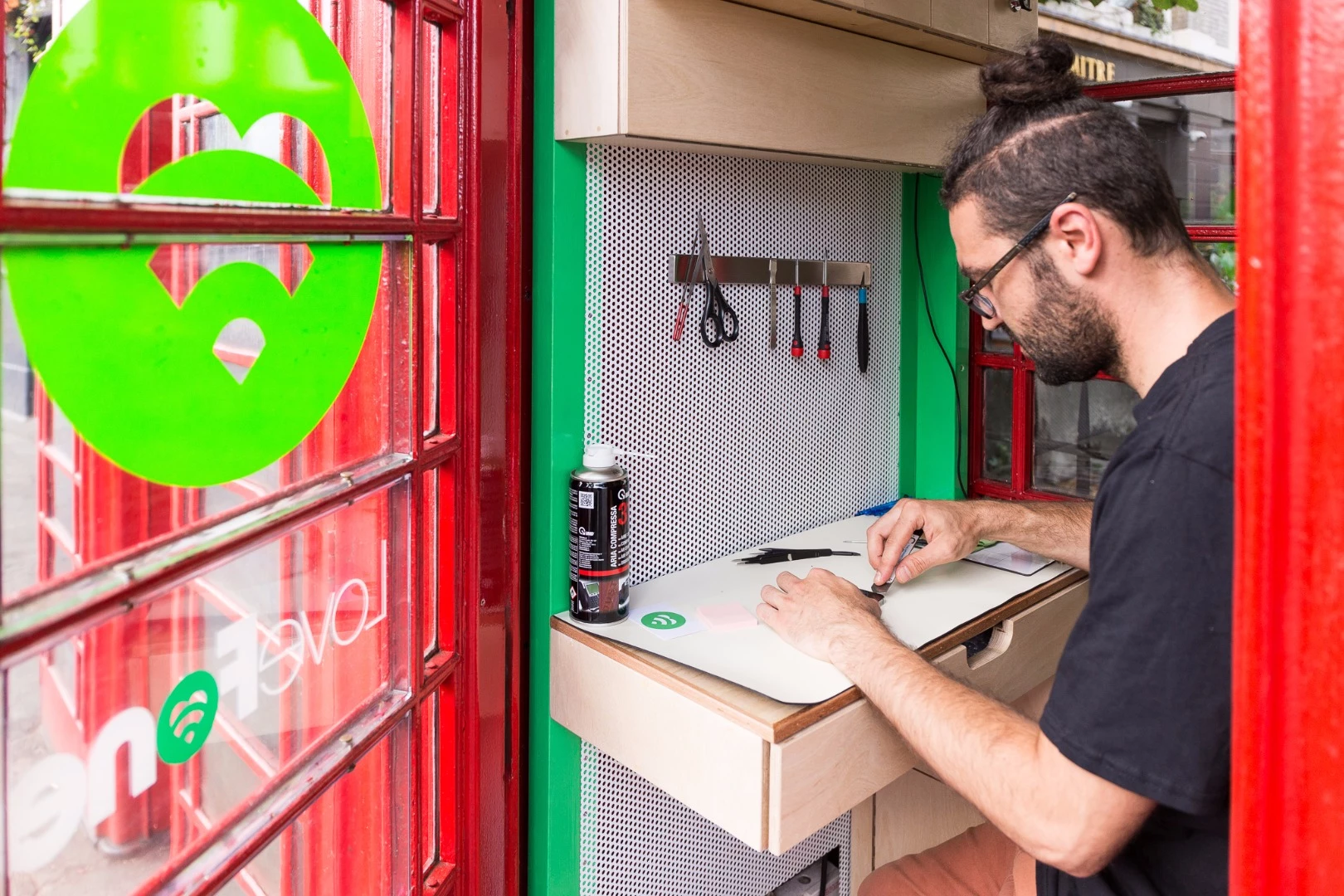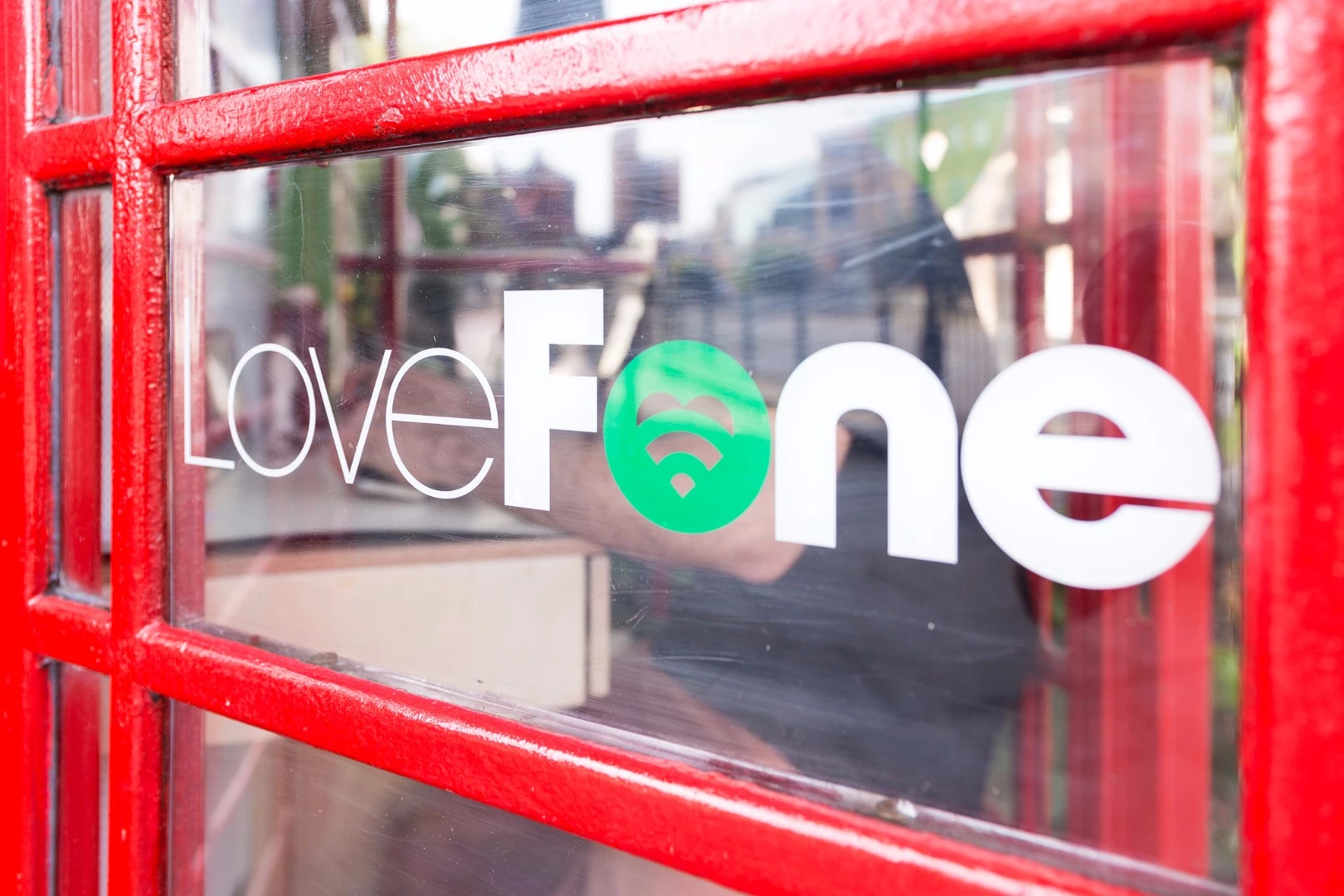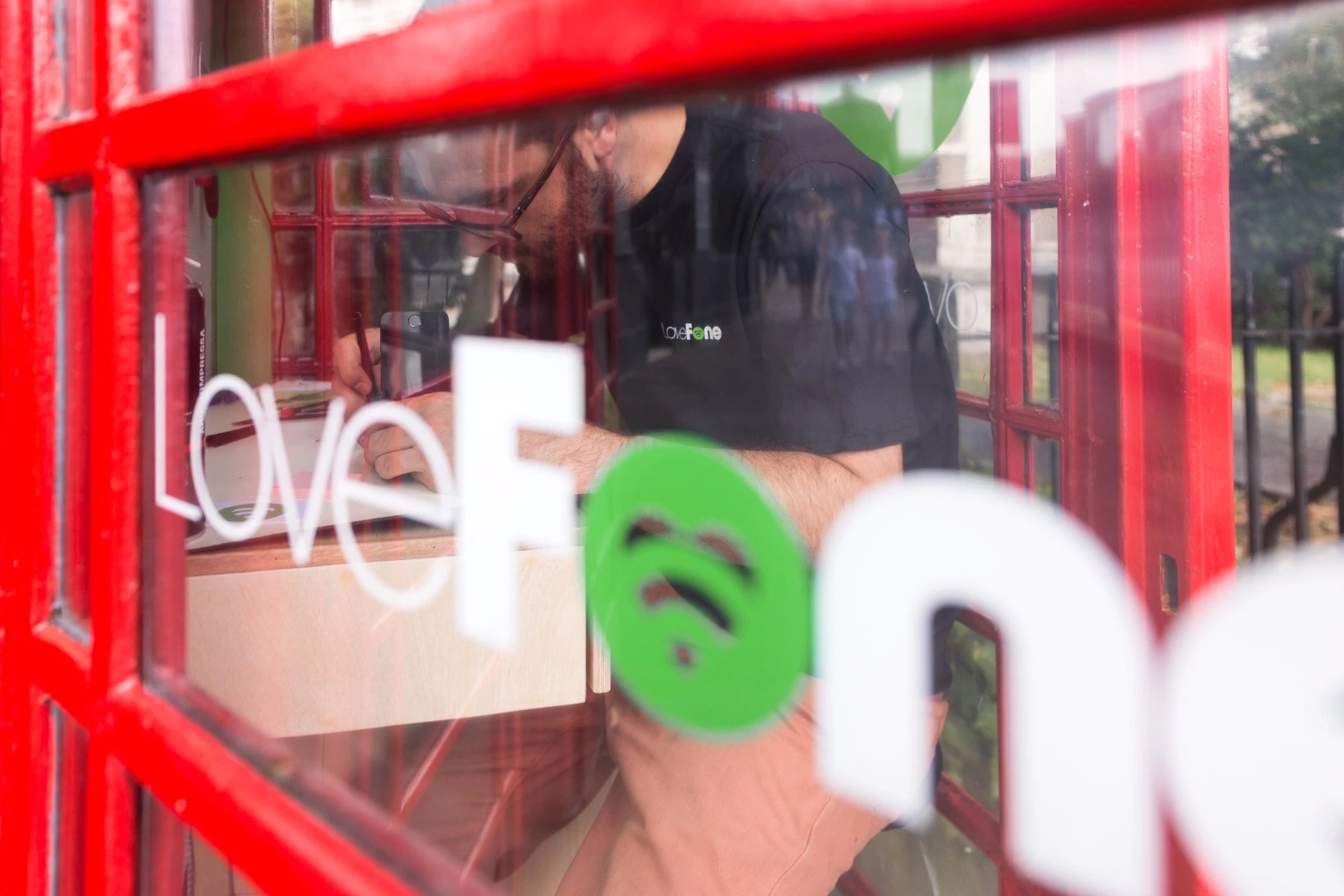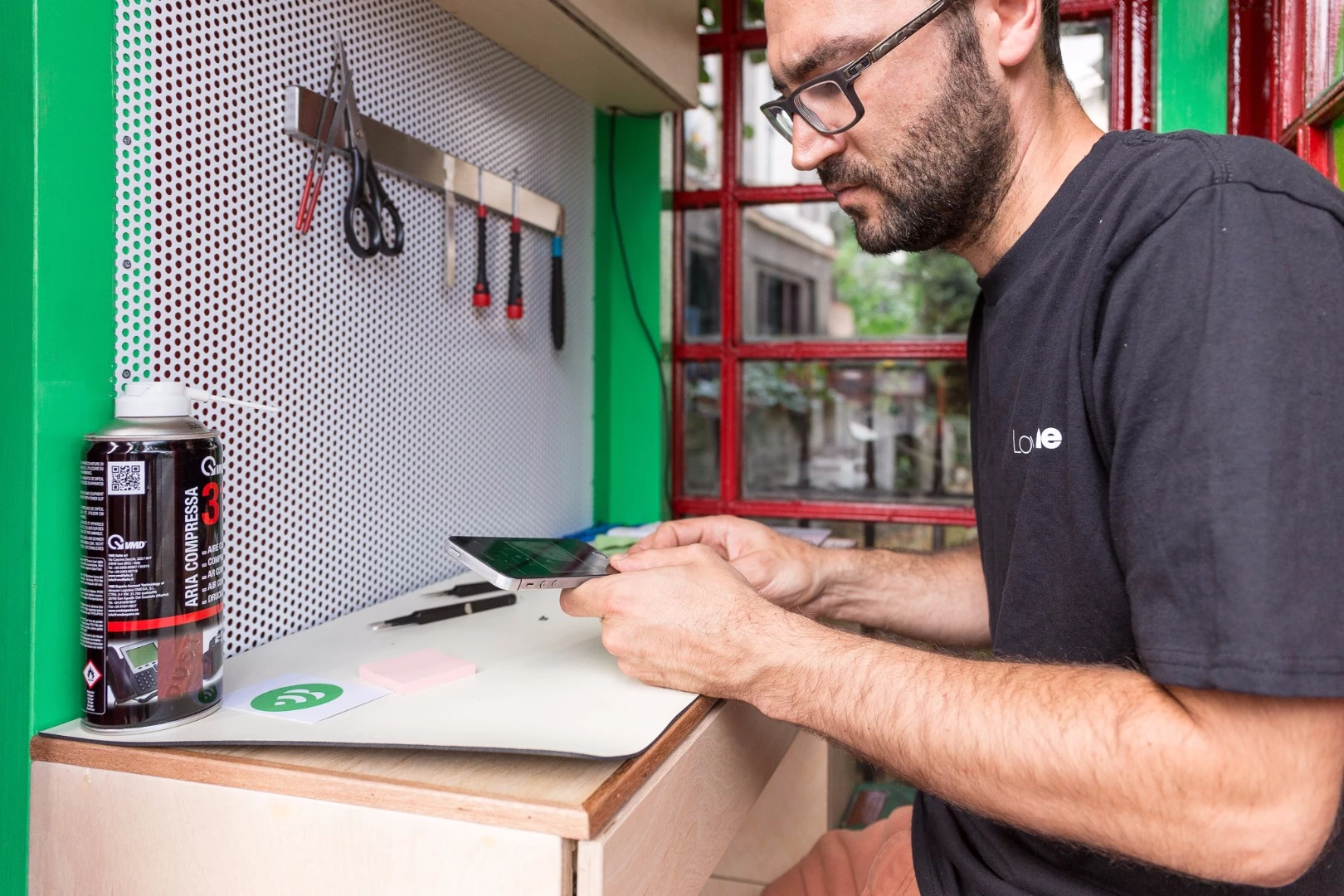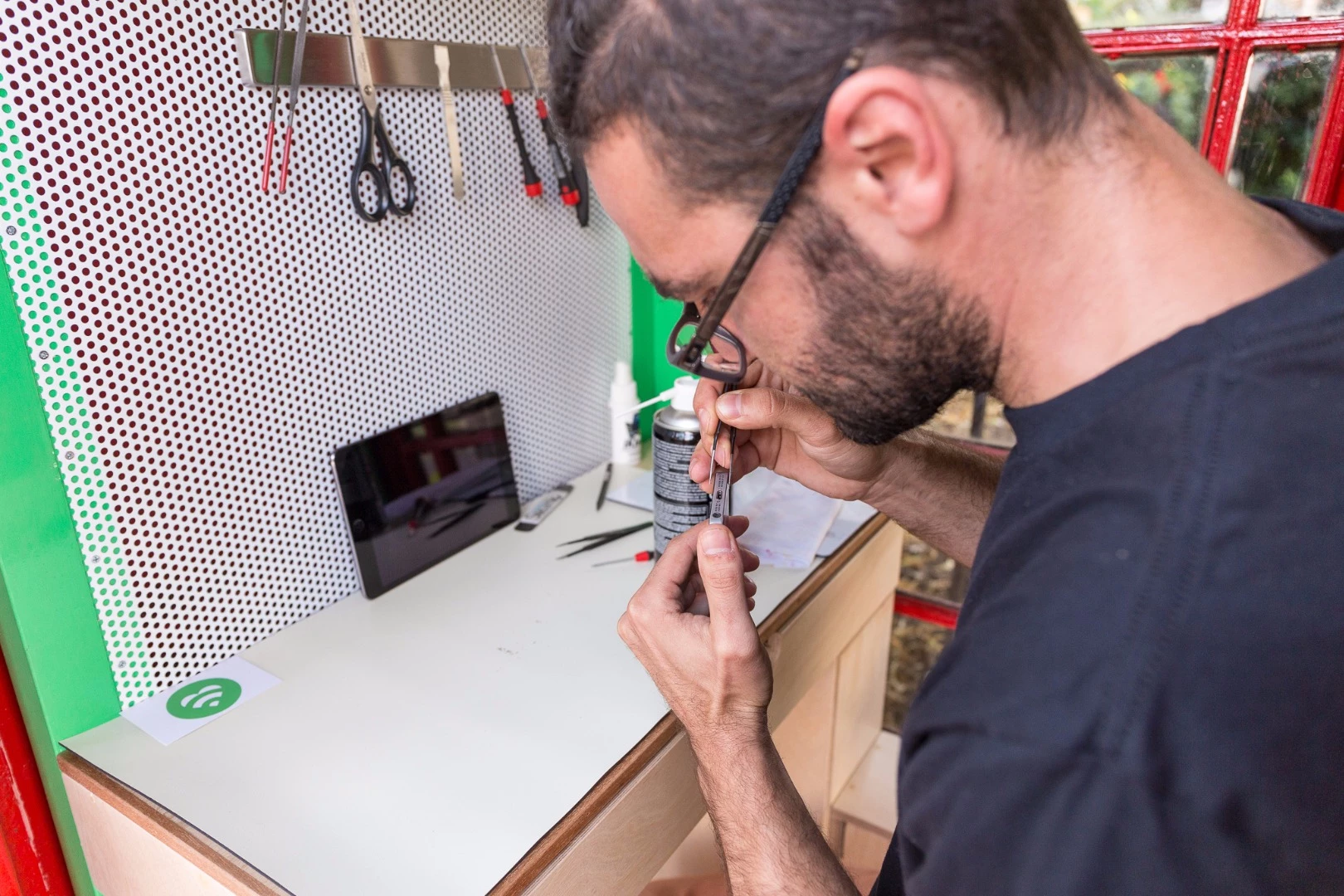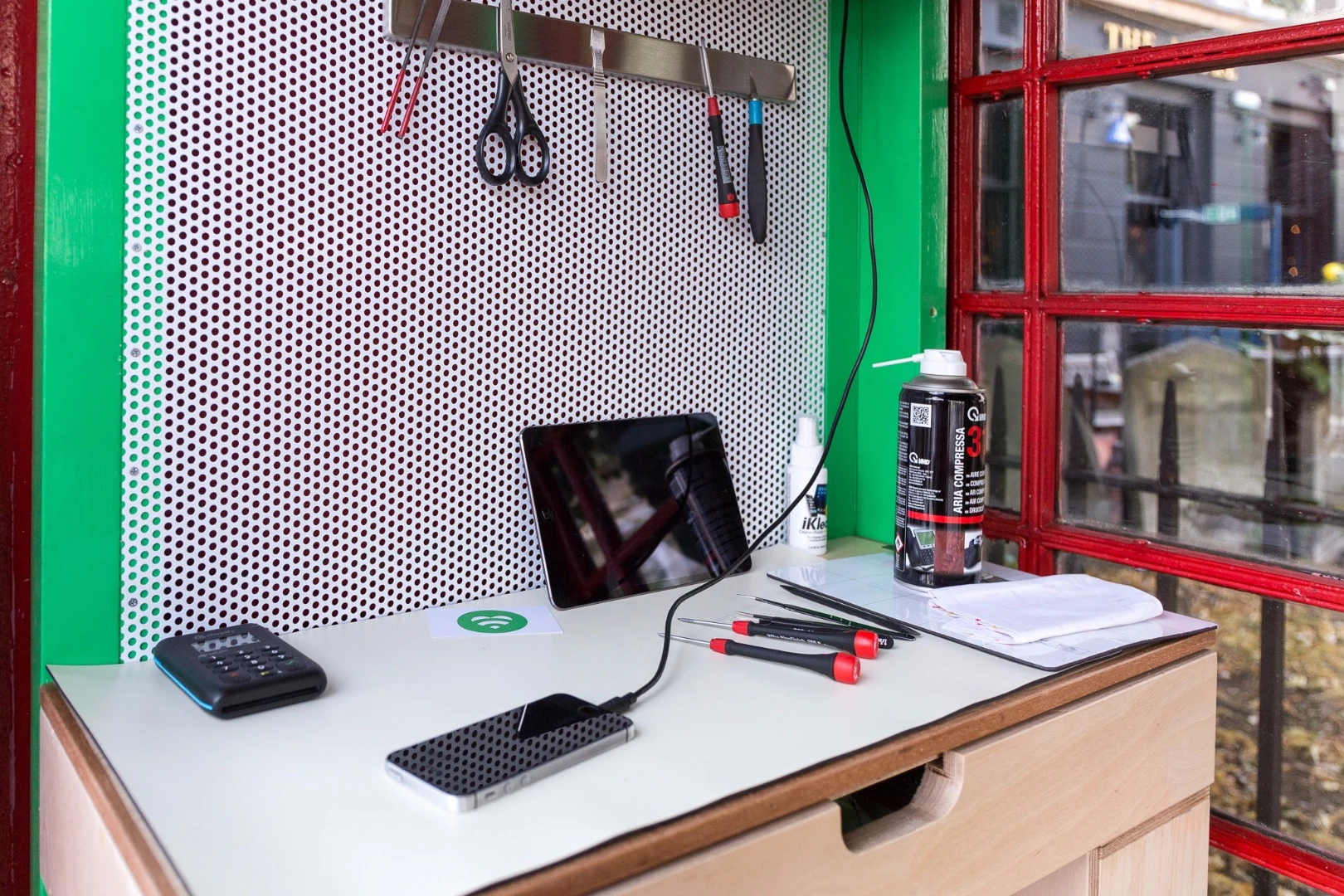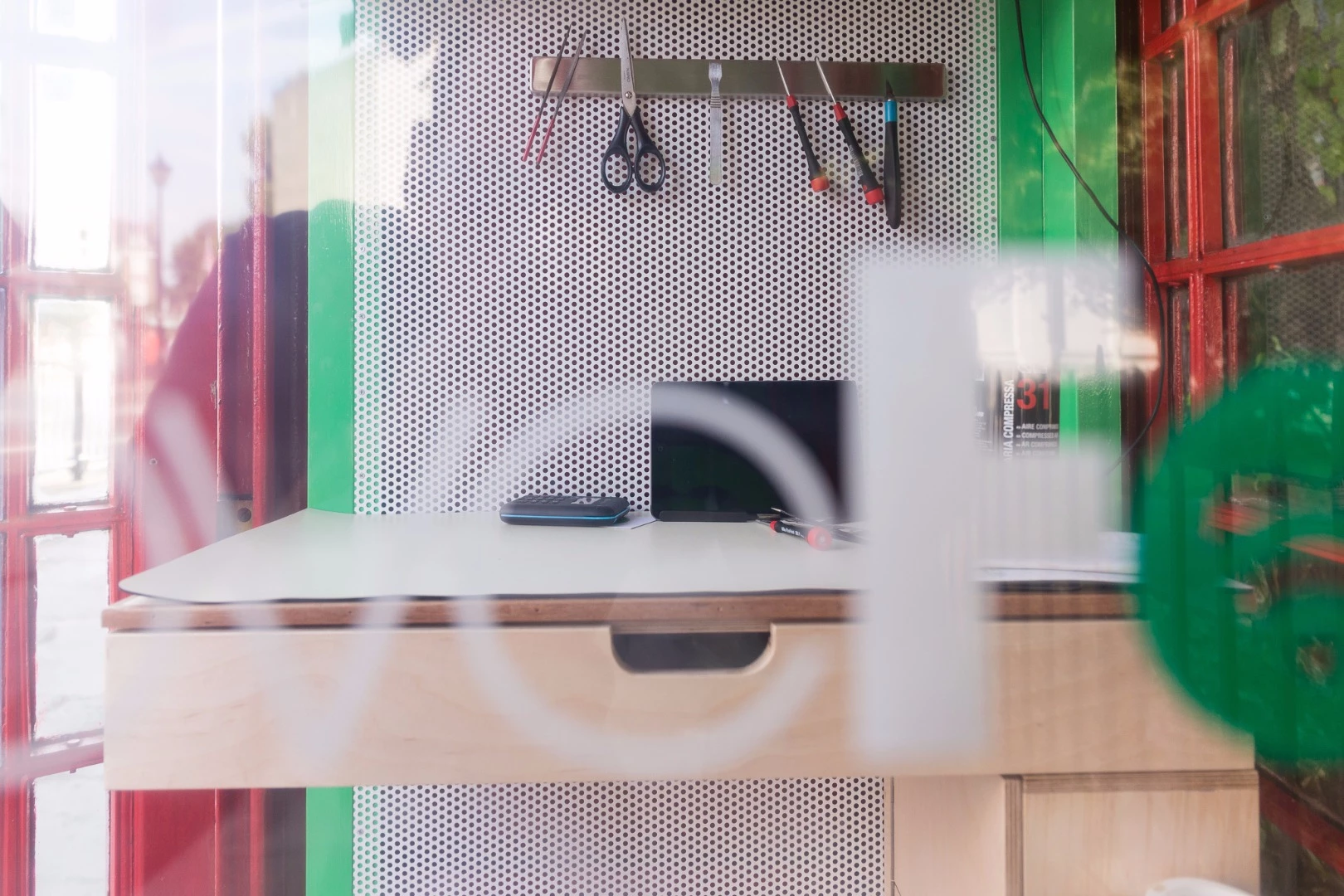A smartphone and tablet repair outfit has found a fitting way to breathe new life into the UK's iconic red telephone boxes. Lovefone is converting the underused booths into the kind of mobile phone repair shop that should probably be avoided by those with a fear of enclosed spaces. Each one will sport workbenches, charging stations and free Wi-Fi.
As the proliferation of mobile phones has slowly but surely rendered the UK's fleet of recognizable phone boxes redundant, it looked as if they may have been decommissioned and removed from the country's streets altogether. Instead, many are being repurposed for use in other ways, such as solar-powered mobile device chargers and mini work pods.
Lovefone is exploring yet another approach. The Lovefonebox takes the firm's device repair services out of its shop premises and into the 1-sq m (10.8-sq ft) units across London and beyond.
"I run a monthly workshop with Virgin Startup at the Battleship building," Rob Kerr, CEO of The Lovefone Company Rob Kerr, explains to New Atlas. "One day a phone box appeared outside the conference room. It was described as '[Richard Branson's] first office' as he used to use them in the early days of his music business. I was pretty amazed at how spacious they were, so I immediately started looking into getting a hold of one."
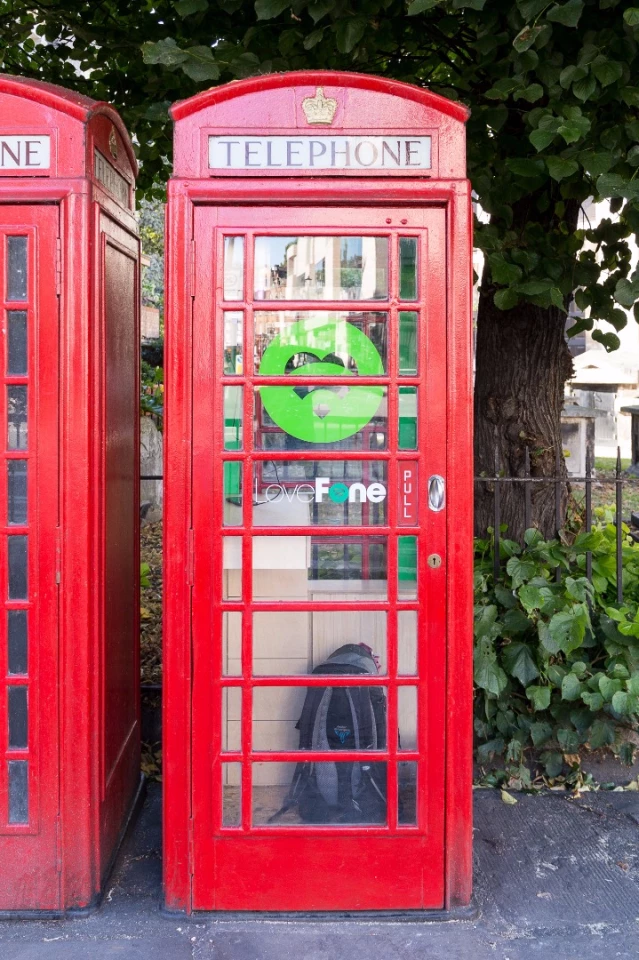
The units are leased via the Red Kiosk Company, a national retail chain that operates out of the unused telephone booths, which Kerr says has given Lovefone exclusivity for the device repair concept across the company's network of boxes. The boxes are listed structures, so no permanent changes can made to them and Kerr explains that this, coupled with their unusual shape, made designing the new interiors very challenging.
The aim was to keep the design as clean and bright as possible, retaining the windows so that members of the public could still see in. A perforated back panel provides a place on which to hang tools and behind which to run wiring and communications devices. There is a workbench for technicians to ply their trade and closed shelving units to help keep things tidy.
Each box is oriented differently, so Lovefone adapts the design to suit each location. To begin with, any remaining payphone fittings are removed. A frame to which all of the internal units are attached is then assembled, using wooden wedges to keep everything level. Finally, another secondary floor layer is added, under which a floor safe is installed. The perforated back panel is made of a metal sheet, while birch ply is used for the wooden elements for its clean look and strength.

The boxes provide a free public Wi-Fi service, six free public charging stations (which Lovefone was keen to include to retain a public service feel to the phone boxes) and the firm's own repair services for mobile phones and tablets. The potential for adding soldering stations is being considered and the units will also act as a drop-off and pick-up point for devices that need to be repaired at the company's central labs.
The units are fully lockable and feature "unbreakable" clear polycarbonate sheets over their windows along with CCTV. The floor safes, meanwhile, are said to be fireproof and provide additional security for devices and parts.
In London, Lovefone staff are being rotated across the firm's lab, shop and phone boxes every three days to provide variety in their roles and to minimize the potential for phone box "claustrophobia." The rotation also aids the firm's approach to formal and informal learning for staff.
The first Lovefonebox opened last week in the Greenwich area of London, with another eight already planned across the city. Lovefone's aim is to open around 37 locations in London over the next 18 months, as well as to offer franchise opportunities elsewhere in the UK.
Source: Lovefone

